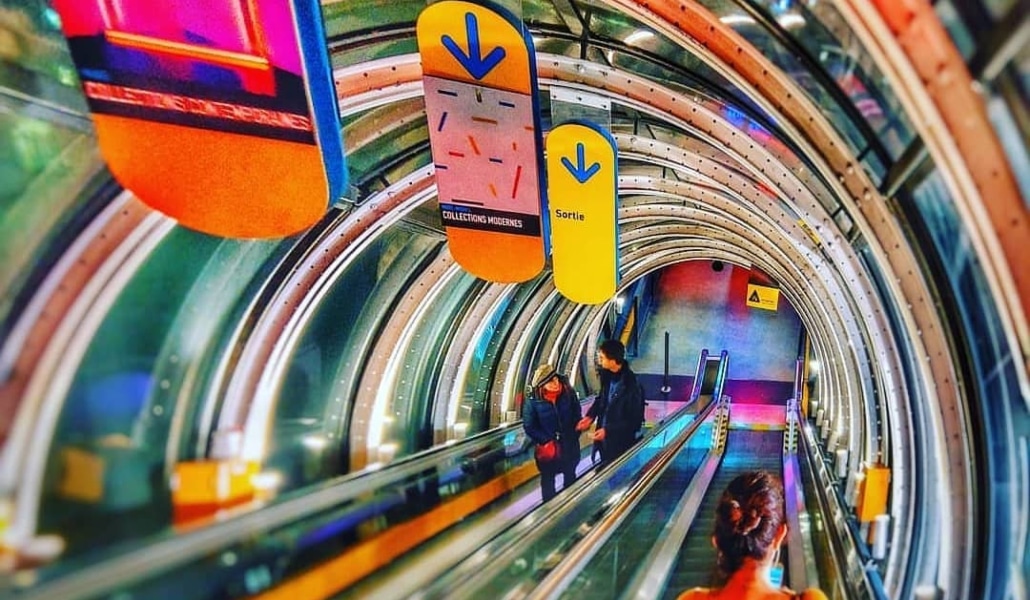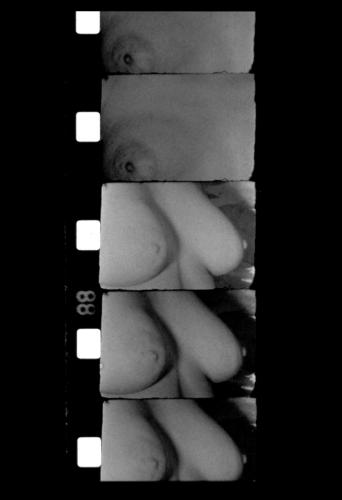Encounter
Museum 2.0
01 Apr 2008
01 Apr 2008

The event is over
In “Double Fold: Libraries and the Assault on Paper”, Nicholson Baker weighed up the pros and cons that American libraries had found when they shifted books into the digital realm back in the 1980s. Modern and contemporary art museums could provide ample material for a sequel to this tongue-in-cheek take on progress and its penchant for sidling. The story of technology over the past two decades packed with staggering breakthroughs – and with an uneasy feeling that something about culture could be evaporating. It has also involved rewriting the job descriptions of material culture’s wardens: technology has woven its way into work and document production and preservation, museographic-experience development and collection publication.
Documentary-data and collection-management databases, e-mail addresses and USB drives have made their way onto every museum professional’s desk. The fast-growing ranks of art enthusiasts and experts clamouring at the Internet’s gates have prompted museums to build virtual exhibition halls and literature bases. The drive to shift content and its containers into the digital realm took flight in the 21st century, and has put museums in a position to tap new resources to reconfigure access to their collections and services – i.e. post them and administrate them online. A museum’s “toolbox” now taps the Web’s features (information streaming around a vast network, a plethora of editorial instruments and formats, and collective contributions through digital or digitised content sharing).
There has never been so much resource variety. And tapping it has never been so difficult. Electronic substance has its upsides and downsides: it is unstable, capricious and volatile. Museums still have to deal with loopholes in data integrity, tracking and permanence – and face the risk of seeing the wealth that they have been entrusted with becoming corrupt or inaccessible. Using technology to enhance yesterday’s and today’s creation takes considerable human and technical resources and is thus prompting museums to think up new organisations and financing options. Lastly, the material and immaterial realms provide different experiences. Sidestepping the temptation to clone the collection, and not letting immaterial collections take away from the material ones are two of the key issues that a museum’s digital editorial policy has to address
Twenty years after stepping through the “digital threshold”, the Musée National d’Art Moderne is organising a professional workshop to start outlining the “splendour and misery” of electronic resources applied to the circulation and preservation of contemporary creation. Several speakers will share their experiences with the digital shift, documentary information collection and management systems, digital publishing products, and management strategies.
Based on a proposal by Nathalie Leleu, Conservation Attaché, Mnam-Cci, Centre Pompidou.
In association with the Canadian Cultural Centre in Paris
With the support of french Committee of ICOM
9h30 Opening: Alfred Pacquement (Director of the Mnam-Cci, Centre Pompidou)
Introduction: Nathalie Leleu (Conservation Attaché, Mnam-Cci, Centre Pompidou)
10h Generating and administrating digital heritage
1/ Museums are seeing their tangible cultural heritage evaporate (so to speak) into the digital realm. A growing number of works are using digital content, and holding-digitising campaigns are filling museums' online shop shelves. The question is whether scanning is a viable preservation option as long as host media are arguably unstable and unreliable.
Speakers: Pierre-Yves Desaive, Scientific Attaché, Musées Royaux de Belgique, Brussels with Karine Lasaracina, Scientific Attachée, Musées royaux de Belgique.
2/ Museum space as we knew it has stretched beyond halls and reserves to encompass the virtual realm of cyberspace. Collection management tools have gone digital and new document and management systems are running museums' virtual platforms. “E-curators” are new, up and coming museum experts. The question is what exactly they should do and how they should do it.
Speaker: Peter Weibel, director of the ZKM, Karlsruhe; John Stack, Director, Tate Online, London.
3/ Round table: digital resources as a means of preservation and/or circulation. Moderator: Nathalie Leleu, Conservation Attaché, Mnam / Cci, Centre Pompidou.
With: Pierre-Yves Desaive, Scientific Attaché, Musées Royaux de Belgique, Brussels; Peter Weibel, Director, ZKM, Karlsruhe; John Stack, Director, Tate Online, London; Daniel Teruggi, Director, Musical Research Group, Institut National de l'Audiovisuel; Marie Cornu, Director, Centre d'Etudes sur la Coopération Juridique Internationale.
14h30 Digital editorial policy
1/ The Web's hypermedia-steeped environment provides alternatives to traditional publication media and formats. Resources about art history have become more accessible – and thus more ubiquitous. The resources themselves have evolved and diversified. The Internet has had a sizeable impact on scientific-network research and management. The question is how museums can adjust their scientific approach accordingly.
Speaker: Alain Depocas, Director, Fondation Daniel Langlois, Montreal.
2/ New Web features and applications (blogs, wikis, forums and multi-user 3D environments) are reshaping exchanges between museums and the public, and allowing the latter to play a more active role on museums turfs. The question is how museums can use this interactive technology to recast what they have to offer and their exchanges with the public.
Speakers: Geneviève Vidal, Senior Lecturer, Paris 13 University; LabSic; Gaëlle Crenn, Senior Lecturer, Nancy 2 University, GRICP.
Round table: connecting virtual and bricks-and-mortar museums. Moderator: Valérie Guillaume, Curator, Mnam / Cci, Centre Pompidou.
With: Alain Depocas, Director, Fondation Daniel Langlois, Montreal; Geneviève Vidal, Senior Lecturer, Paris 13 University; LabSic; Gaëlle Crenn, Senior Lecturer, Nancy 2 University, GRICP; François Michaud, Curator, Musée d'art moderne de la Ville de Paris; Anne-Laure Brisac, Editor-in-Chief, Institut national d'histoire de l'art.
Roundup: Jacques-François Marchandise, Director of Development, Fondation pour l'Internet Nouvelle Génération / FING, Paris.
Where
Grande Salle
When
01 Apr 2008
9:30am - 6pm